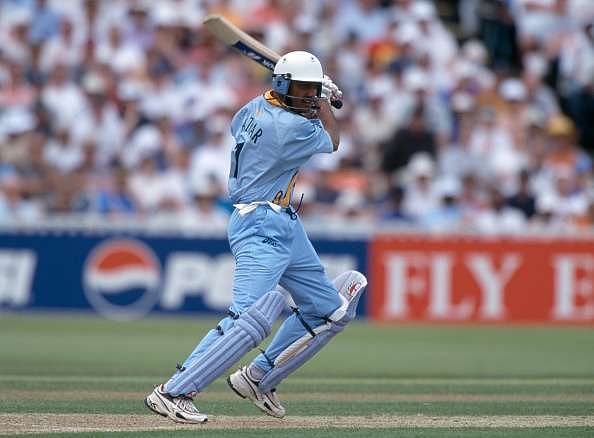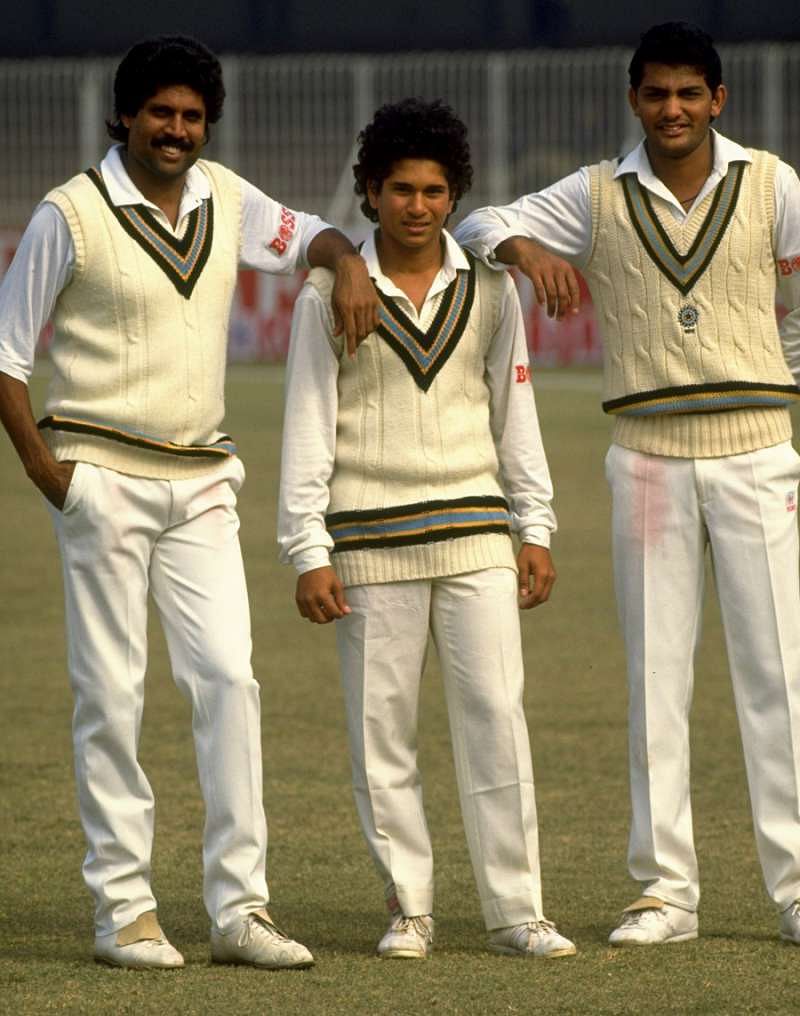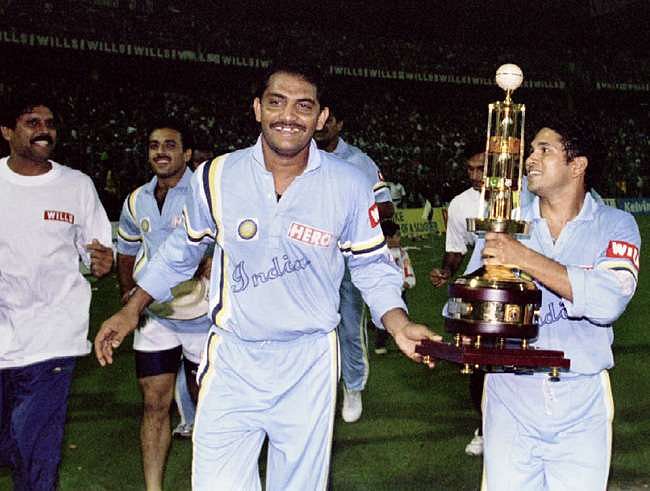
Captain's Chronicles: Mohammad Azharuddin and his laidback legacy
Mohammad Azharuddin. It is impossible to think of the man with sinewy wrists and impeccable timing and not feel a sense of sadness. A very talented cricketer who could conjure miraculous strokeplay with the bat or pouch difficult catches with ease, Azhar threw it all away in a manner that made cricket fans all over the world cringe.
Yet, by 2000, Azhar had already left behind a legacy, both as a captain and as a batsman, that only a few would be able to surpass.
The stylish Hyderabadi batsman made it to the Indian Test team on new years’ eve, 1984. The next morning, when his turn to bat came, he enthralled the celebratory crowd with a sparkling hundred on debut. This was to be the first date of a long love affair with the Eden Gardens where he averaged more than 100.
The next two Tests of the series saw Azhar score a hundred each to cement himself at the international level.
Captaincy
Captaincy came at a time when the Indian team was in transition. The old guard – Sunil Gavaskar, Kapil Dev, Dilip Vengsarkar, Ravi Shastri, Mohinder Amarnath and Kris Srikkanth – were all in the twilight of their careers and Azhar was charged with helping India cope with their departures.
The BCCI was intent on playing musical chairs with the captaincy as Vengsarkar, Shastri, Amarnath and Srikkant all had short stints as captain until the Hyderabadi batsman became a long-term leadership prospect.
Although he was a surprise pick for the captaincy and did start as skipper very tentatively, he soon settled down in his role and began to produce results. Sourav Ganguly and Rahul Dravid made their debuts under his captaincy in that fateful Test at Lords.
Also Read: Indian team when Sourav Ganguly and Rahul Dravid made their Test debut - Where are they now?
Sachin Tendulkar and Anil Kumble blossomed into two greats of the game. With Kapil Dev in the early part, and Javagal Srinath in the latter, there was some bite to the Indian bowling attack.
MS Dhoni’s cool composure might have caught the attention of cricket fans worldwide, but Azhar was the original captain cool. Elegant, sublime, wristy and yet so typically Hyderabadi in being laid back and lazy, he was a brooding figure as captain.
Rarely did his facial expressions every belie his thoughts. Win or lose, his expression was the same and his typical “boys played well” comment was the most that television presenters could coax out of him during interviews.
While he was the undisputed leader of the pack in the early and mid-90s, after a few bad performances, the captaincy was once again shuffled between him and the prodigal Sachin Tendulkar. The little master was clearly India’s best batsman during that era but captaincy rested heavy on his shoulders. While Azhar relished the captaincy and it brought out the best in him, Sachin clearly relished being relieved of it.
Second stint
In his second stint as captain, the elegant Azzu transformed himself, both as a batsman and as a skipper. He regained the form that had cost him captaincy in the first place, and Sachin began to play freely once again. A tour to Australia in 1997 proved to be one of the highlights of the era.
The little master destroyed one of the most feared bowling attacks in the world to elicit comparisons with Don Bradman, even from the niggardly Aussies themselves.
This was followed by the Sharjah storm, where once again the master blaster gave the cricketing world some of the greatest ODI innings ever played. Although Azhar was now in his late 30s, and perhaps closing in on retirement, there was no sign of it as he piled on records – most appearances, most runs and most catches in ODIs.
By 2000, he was also by a great distance India’s most successful captain in both formats.
The accolades were pouring in and had he played a complete career, many more records would have found his name against them. This is why his involvement in the match-fixing scandal of 2000, and his subsequent life ban came as a completely rude shock, filling cricket fans everywhere with sadness, disappointment and disgust.
Yet, tarnished though his reputation might be, he was undisputedly a stylish batsman, a wonderful fielder, a steely captain and a most distinguished ambassador of the game until his downfall.
A tarnished legacy
Public memory is short but unfortunately for the elegant middle-order batsman, he was convicted and the burden of guilt was placed on his head. He was never to be heard of or mentioned in cricketing circles, except with a hush. Taking away his disrepute and considering only his captaincy and career, it is quite clear that he was one of India’s greatest captains ever.
Captaining in 47 Tests, he won 14 – a dismal record, but definitely going with the trend – many more than anyone else had done until then. While he now sits 4th on the list following Dhoni, Ganguly and the sensational Virat Kohli, he did chart unexplored territory as an Indian Test captain.
Also Read: 5 Indian batsmen with the most fifty-plus ODI scores
The Test win in Sri Lanka in 1993 was the first overseas Test (and series) victory since 1986. While India would have to wait for Ganguly’s era to become regular winners abroad, India under Azhar became very hard to beat at home. He only lost one Test series at home – to Pakistan in 1999.
As ODI captain in 174 games, he won 90 – a record that took some efforts to better – only Dhoni has been able to do it so far. He also captained India in the most World Cups – three – in 1992, 1996 and 1999. That is the only records he still has to himself and will perhaps stand for a long time to come. Sadly, Azharuddin’s legacy will always be remembered for what it could have been rather than what it was.



